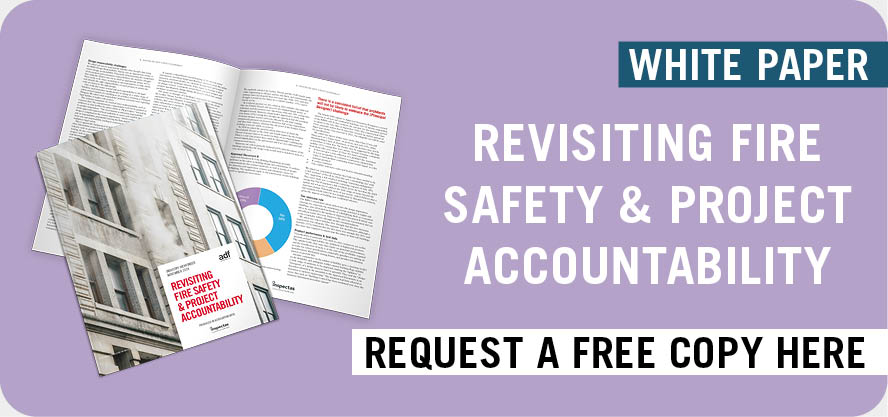Despite all their grandiose marketing and bold claims, companies don’t always behave as they should. Even the most competent-looking professional can oversee poor or deliberately dubious workplace practices.
Unfortunately, some accounting firms even try to mislead the entities charged with regulating them closely. Because many organisations throw out the rulebook, every upstanding entrepreneur must be loud and proud about their compliance measures.
Accidents and oversights are no excuse. If you run your own business, you need to reduce the likelihood of regulatory penalties, however possible. Here are some suggestions to help you in these efforts.
Review Insurance Company Criteria
Insurance companies often instruct their clients to carry out certain tasks on their insured premises. Consequently, it’s worth reviewing your paperwork with other entities to see which obligations you need to fulfil.
Experts are on hand to assist. They’ll ensure each installation on your premises meets regulatory standards. Their qualified technicians will perform various visual and physical checks to eliminate fire and security threats. Trade Facilities Services can help you with electrical testing. Consult their resources to learn more about electrical testing and what you can expect from the process.
Compliance with insurance company criteria also ensures that you are minimising risks elsewhere in your business. When reducing the likelihood of regulatory penalties in your firm, each effort you make with an insurance company’s compliance procedures may have a domino effect, helping you stay compliant with other regulations in your firm. Consequently, this can be a good place to begin.
Implement Automation
Human error is bound to occur when manual tasks have to be performed. Many oversights can occur in repetitive administration rolls where the attention of personnel wavers on mundane tasks.
Despite training your workers on best practices, you can’t always guarantee they’ll be vigilant or take the teachings seriously. Moreover, the level of effort put into a task can often decline if they’ve done that job dozens, hundreds, or even thousands of times. Still, these routine tasks are often among the most important for compliance procedures, especially in areas like administration.
However, automation can improve adherence and compliance procedures in businesses. It doesn’t need to replace workers but rather support them with processes where common oversights and misjudgements can occur. It can greatly reduce the likelihood of regulatory violations and help you run a routinely compliant business with far less effort.
Streamline Your Data
There’s often a ticking lock when proving your firm is compliant with regulations. If you and your colleagues rush around to gather documents, confusion can ensue, miscommunications may occur, and deadlines may be missed.
Invest in a secure cloud server where you can store all your regulation-relevant information. Document all your audit trails in these digital spaces. Furthermore, you and your staff should use a controlled communications tool where formal discussions on these matters are easily logged, organised, and reviewed.
It’s important to be thorough; technology can support you in that process by streamlining much of what you need to gather and know. It also ensures transparency and that nothing stays hidden or lost. Invest in the latest and greatest tools, which should give you and your colleagues a lot of peace of mind as you manage this side of the business.



